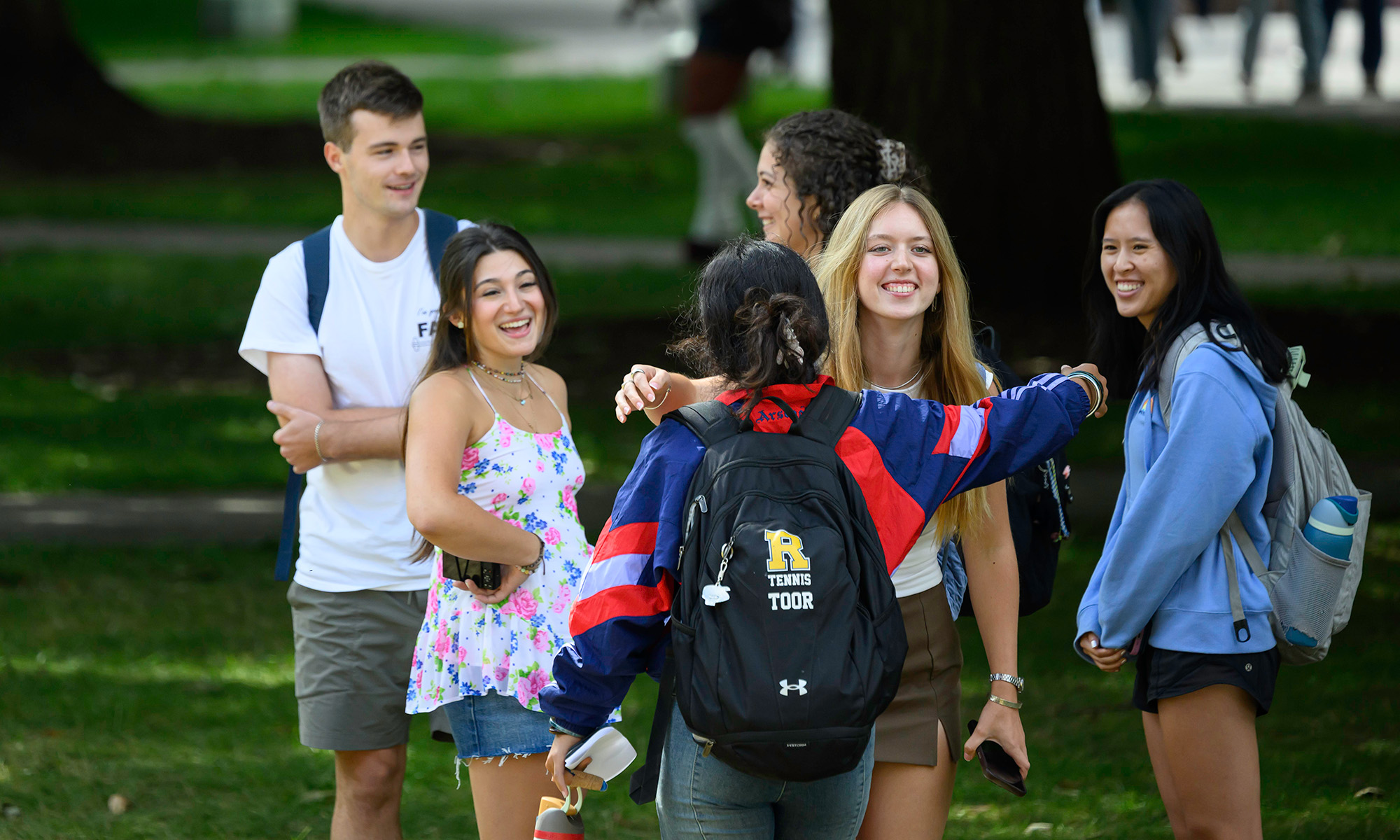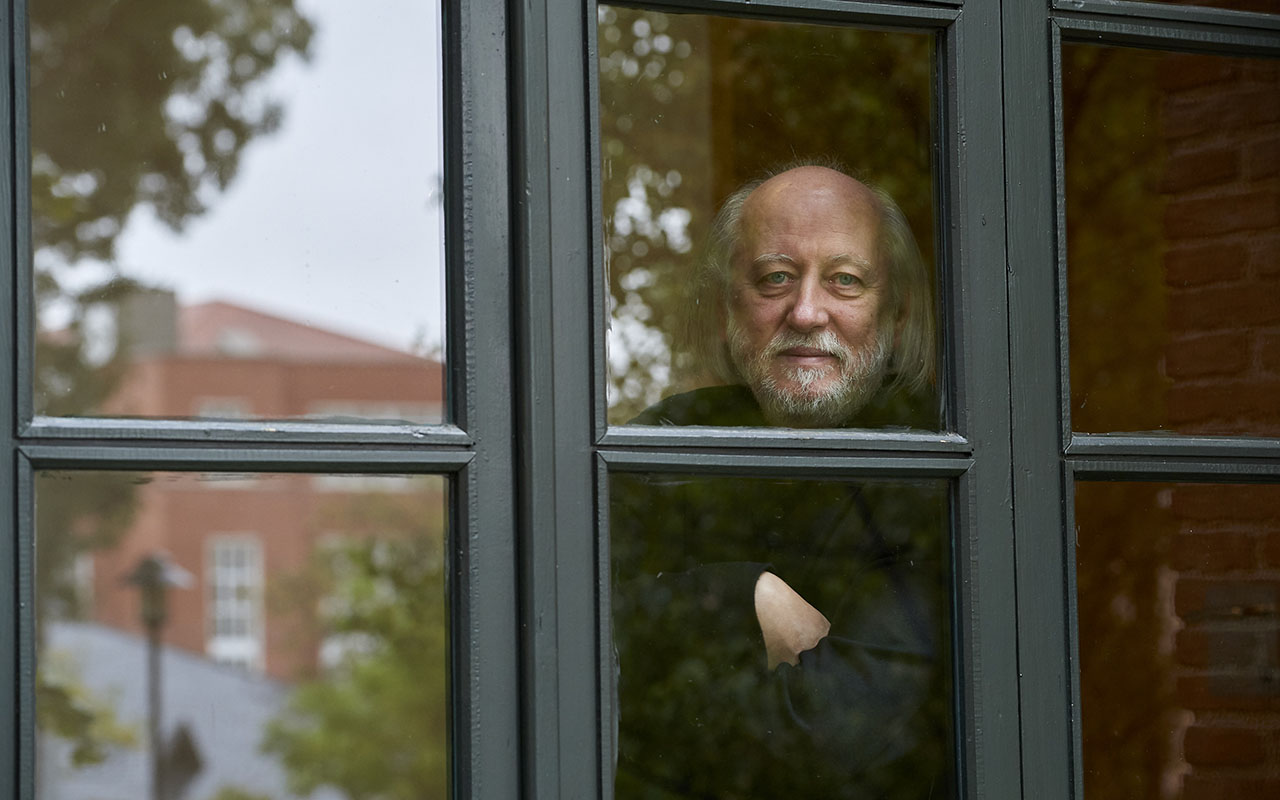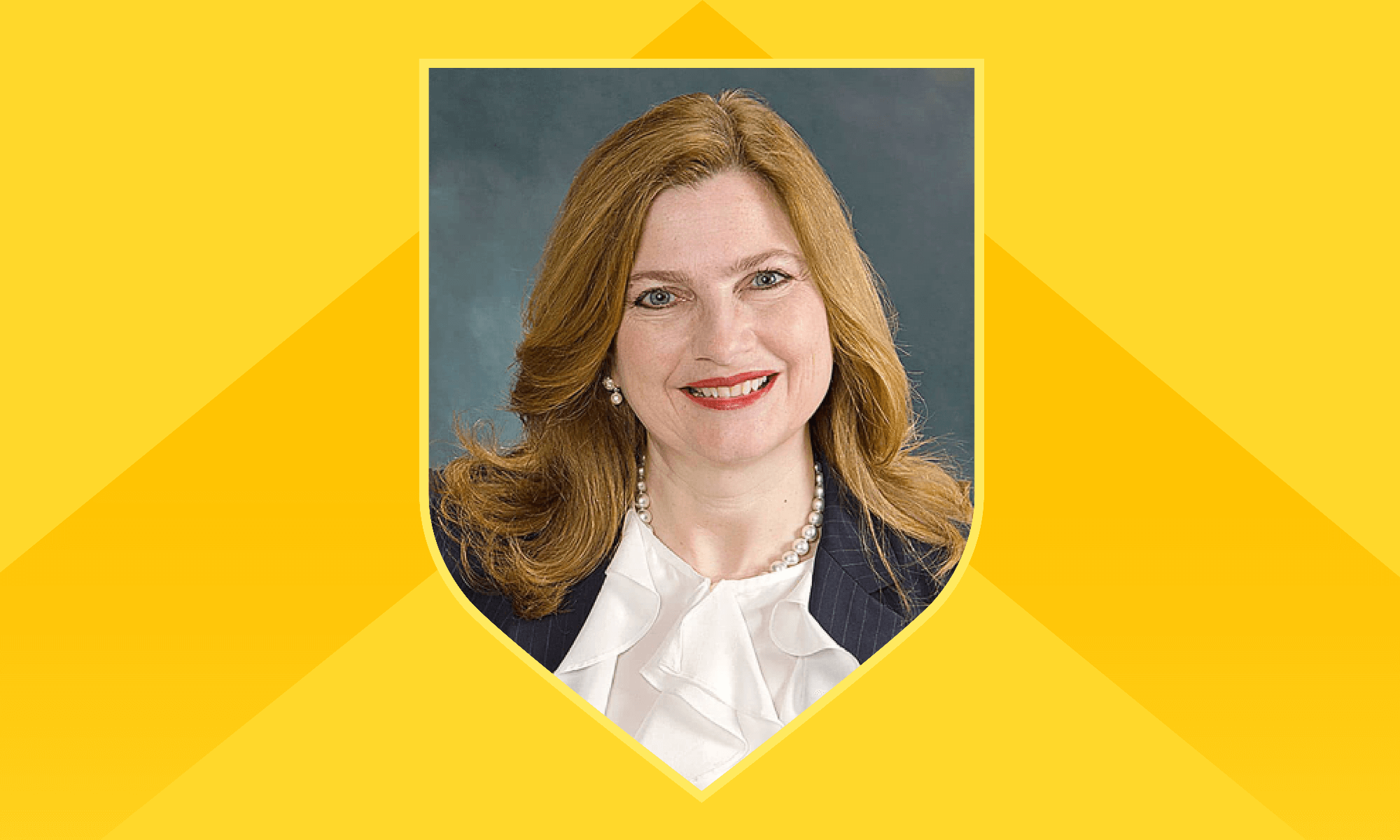
Science & Technology
Wild chimpanzees show human-like cognitive decline with age
Research into changing tool use by chimps in the wild suggests evolutionary origins of Alzheimer’s disease and related disorders.

A flexible curriculum, expert professors, and a global environment illustrate why the University of Rochester is worth considering.









